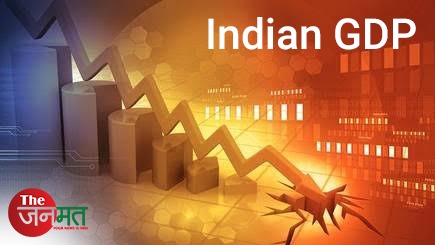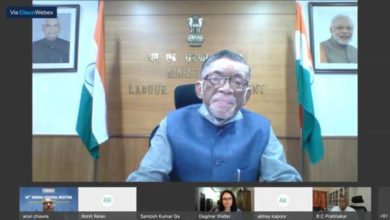WHY STATE OWNED BANKS DON’T LET ECONOMY GROW? UMA SHANKER SINGH IFS, PhD

Since February, RBI has cut its interest rate by 135 basis points. Yet, bank lending rates for new loans have not fallen by much while interest rates on many existing loans have actually gone up. What explains this?
Frustrated by the sluggish transmission, the RBI decided to cut the repo rate by another 25 basis points in October and urged banks to link their lending rates to the repo rate. Yet, for the most part, the banking system has ignored the signalling and only some banks have reduced lending rates on new loans by 10 basis points. In essence, while the RBI has cut its lending rate to the banks by 135 basis points (or 1.35 percentage points) in the nine months since February, the interest rates being charged to the common consumer this Diwali have come down by only about 40-odd basis points. Indeed, even though it is counter-intuitive, interest rates on existing loans (not new loans) have actually gone up by 7 basis points.
WHERE IS THE PROBLEM?
The main issue is that people are not consuming at a high enough rates. On paper, the argument is that if banks reduce their lending rates, they would also have to reduce their deposit rates (the interest rate banks pay when we park our money with them in a savings bank deposits or a fixed deposit). This, in turn, will incentivise people to save less and spend more.
The other problem in the economy at present is that businesses are not investing in existing or new facilities. Part of the reason is that they have unsold inventories because people are not buying as much; as such, they argue, what is the point of borrowing money and investing. But part of the reason is also that the interest rate charged on loans is quite high.
BANKS DON’T RISK
Because repo rates have little impact on a bank’s overall cost of funds, and reducing lending rates just because the repo has been cut is not feasible for banks. Here’s why. For any bank to be viable there must be a clear difference between the interest rate it charges from borrowers on loans it provides and the interest rate it gives to consumers on deposits it accepts. The difference between these two sets of interest rates has to be not only positive but also big enough for the bank to make profits. To attract deposits, banks pay a high deposit rate. Such deposits make up almost 80% of all banks’ funds from which they then lend to borrowers. Banks borrow a minuscule fraction under the repo. So even sharply reducing the repo rate doesn’t change the overall cost of funds. Unless banks reduce their deposit rates, they will not be able to reduce their lending rates.
CAN BANK REDUCE DEPOSIT RATES?
That’s because if a bank were to reduce its deposit rates, depositors would shift to a rival bank that pays better interest rates or park more and more of their savings in small saving instruments such as public provident fund, Sukanya Samriddhi Yojana etc that pay much higher interest rates. There is another aspect. Even if banks wanted to reduce their deposit rates, they can’t always reduce them immediately. According to a research by CRISIL 65% of total deposits are “term” deposits (fixed for certain duration) and take, on an average, up to two years to get re-priced at fresh rates.
THIS GOVERNMENT DOESN’T WORK ON ECONOMY
Why doesn’t this happen in developed countries? That’s because the financial system is far more developed and diversified. Most importantly, the banking system there doesn’t have to bear the burden of providing loans to everyone in the economy – from a small personal loan to buy a refrigerator to large business loan to set up a factory. Most demands for big loans are directed towards the corporate bond market – wherein a company floats bonds (or IOUs) and borrows money from the public by paying whatever interest rate the market demands. Moreover, depositors are not in the habit of getting a fixed interest rate on their savings while expecting a variable interest rate on their loans. At the current low levels of per capital income, the savers are far more risk-averse in India and unwilling to invest in higher-risk instruments other than bank deposits. Lastly, the overall borrowing by the public sector – that is the government and government-owned institutions – is not so high so as to drive up the interest rates in the economy as it happens in India.

डिस्क्लेमर (अस्वीकरण):इस आलेख में व्यक्त किए गए विचार लेखक के निजी विचार हैं. इस आलेख में दी गई किसी भी सूचना की सटीकता, संपूर्णता, व्यावहारिकता अथवा सच्चाई के प्रति theJanmat.com उत्तरदायी नहीं है. इस आलेख में सभी सूचनाएं ज्यों की त्यों प्रस्तुत की गई हैं. इस आलेख में दी गई कोई भी सूचना अथवा तथ्य अथवा व्यक्त किए गए विचार theJanmat.com के नहीं हैं, तथा theJanmat.com उनके लिए किसी भी प्रकार से उत्तरदायी नहीं है..




